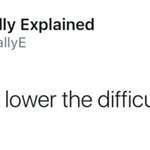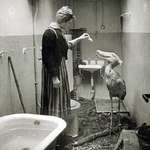The Environmental Protection Agency has “eviscerated” a key scientific review board by removing half its members and seeking to replace them with industry-aligned figures, according to the board’s chair.
Scott Pruitt, the EPA administrator, has chosen not to renew the terms of nine of the 18-member board of scientific counselors, which advises the EPA on the quality and accuracy of the science it produces.
The group, largely made up of academics, is set to be replaced by representatives from industries that the EPA regulates.
Deborah Swackhamer, chair of the board, said that with other planned departures, the panel was left with five members, including her, in the midst of an EPA hiring freeze.
“We assumed these people would be renewed and there was no reason or indication they wouldn’t be.
This could lead to multiple instances of conflicts of interest, Swackhamer said, despite clear EPA ethics rules.
Swackhamer said: “We have spirited conversations about the science – we don’t just rubber-stamp what the EPA wants to do. »





![image for [r/The_Donald] Top Mind finds a flaw with the popular vote](c691b0ef-5ab0-5f4d-9521-78fa0dd318c7_thumb.jpg)




![image for [homemade] experimental donuts.](83d95d64-1a4d-5dd5-9a76-b3b9c9087f05_thumb.jpg)


![image for President Jimmy Carter with the then-leader of Nigeria, General Olusegun Obasanjo (1977). Two years later, Obasanjo became the first military head of state to transfer power peacefully to a civilian regime in Nigeria. [1280 × 1873]](db6d7ef3-545d-5d9d-85d6-248232481284_thumb.jpg)
![image for My pinball stopped exactly... here [OC]](ce6be4c4-d6b4-5ae7-af7f-074f90e325b4_thumb.jpg)

